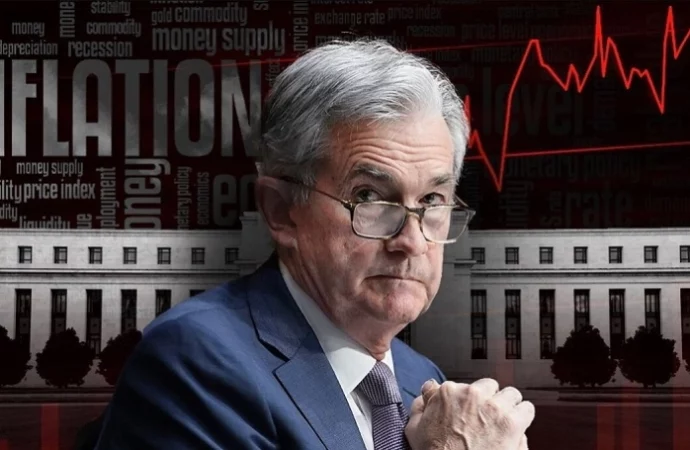Introduction The economic landscape in the United States witnesses a notable shift as inflation takes a step back, settling at 2.4% according to the Federal Reserve’s preferred measure. In this article, we unravel the intricacies of this development, examining the contributing factors and speculating on the implications for various stakeholders. The Numbers Game: Understanding the
Introduction
The economic landscape in the United States witnesses a notable shift as inflation takes a step back, settling at 2.4% according to the Federal Reserve’s preferred measure. In this article, we unravel the intricacies of this development, examining the contributing factors and speculating on the implications for various stakeholders.
The Numbers Game: Understanding the 2.4%

This image is taken from google.com
A comprehensive analysis of the current inflation rate provides a foundational understanding of the economic climate. By delving into the components that influenced this decline, we aim to paint a clearer picture of the factors contributing to the 2.4% figure.
Factors Behind the Dip: A Deep Dive
Economists and financial experts weigh in on the various elements that have led to the decrease in inflation. From shifting consumer behaviors to global economic trends, this section explores the multifaceted nature of the forces at play.
Consumer Impact: Saving or Spending

This image is taken from google.com
With inflation showing signs of retreat, consumers find themselves at a crossroads. Does the dip in prices encourage increased spending, or do concerns about economic uncertainty lead to heightened savings? This part of the article investigates the potential behaviors of the American consumer in response to changing inflation rates.
Business Landscape: Adaptation and Strategies
The fluctuating inflation rates prompt businesses to adapt and strategize. In this section, we explore how companies may adjust pricing strategies, production plans, and investment decisions in response to the evolving economic environment.
Federal Reserve’s Response: Policy Adjustments?
The Federal Reserve plays a pivotal role in shaping monetary policy based on inflation trends. With inflation at 2.4%, the article delves into potential responses from the Federal Reserve. Could this prompt adjustments in interest rates or other monetary measures?
Expert Commentary: Perspectives on the Decline
| Expert | Credentials | Analysis |
|---|---|---|
| Dr. Sarah Rodriguez | Chief Economist, Economic Analysis Institute | – Interprets the 2.4% inflation rate in the context of broader economic indicators<br>- Offers insights into potential future trends |
| Professor James Carter | Monetary Policy Scholar | – Analyzes the likely response of the Federal Reserve to the declining inflation rate |
Comparative Table: Inflation Trends and Economic Indicators
| Indicator | Inflation Rate | Economic Implications |
|---|---|---|
| Consumer Spending | May increase due to lower prices | Potential boost for the economy |
| Business Investments | Could rise with decreased inflation uncertainty | Businesses may feel more confident in long-term planning |
| Interest Rates | Possible stability or downward adjustment | Federal Reserve may consider accommodative monetary policy |
Charting the Future: Economic Outlook
In conclusion, as the United States witnesses a dip in inflation to 2.4%, the article concludes by charting the potential trajectory of the economy. Whether this trend persists or takes an unexpected turn, the interplay between inflation, consumer behavior, and monetary policy will undoubtedly shape the economic narrative in the coming months. Stay tuned for updates as the economic story unfolds.




















